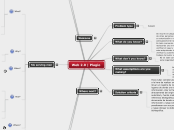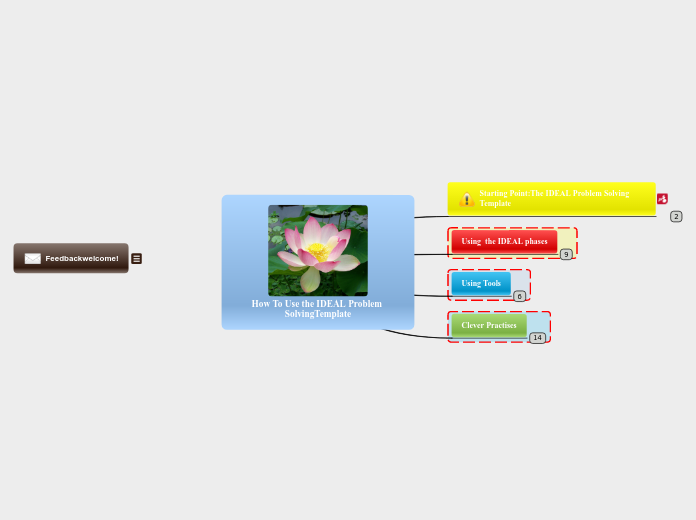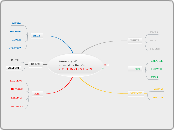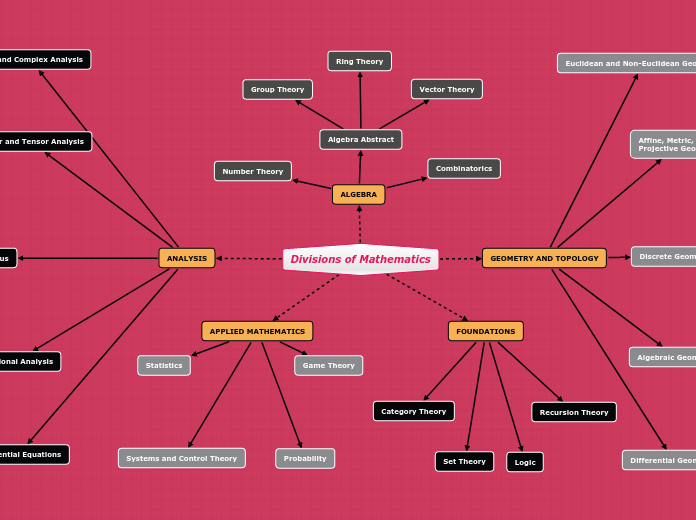Where next?
You can continue to develop this map without the Smart Map wizard by saving it as a normal Mindomo map.
When have a comprehensive description of the problem, you can move towards finding solutions. Consider a brainstorm as a next step, using the Brainstorming Toolbox Smart Map.
You can delete this topic from the saved map.
Welcome
Researching and describing a problem clearly is the foundation for solving it. Solutions based on incomplete research or poor descriptions can often fail to reach the root causes.
This Smart Map helps you to research and describe a problem from a number of different angles. It contains a mix of factual information-gathering tools and lateral thinking techniques, to develop perspectives that can point towards solutions.
You can use this map individually and in collaboration with others. It is vital to get consensus on the actual problem you are facing, otherwise there may be no consensus on the solution. Putting the descriptions together in one place helps you to explain and agree upon the basis for finding and evaluating solutions.
You can delete this topic from the saved map.
Web 2.0 | Plagio
Be the problem
Be the problem is a popular technique for understanding problems. It means developing a character for the problem and describing its nature as if it were a person.
Insight
Analogies
Can you find analogies for this problem?
The underlying characteristics of a problem can sometimes be clearer when it is taken out of context.
What is it like?
Six serving men
"Six Serving Men" is based on Rudyard Kipling's poem, which begins:
''I keep six honest serving men
(They taught me all I knew);
Their names are What and Why and When
And How and Where and Who.''
We can profile a problem and perhaps discover more about it by asking structured questions.
Who?
Who not?
Where?
Where not?
How?
How not?
La Web2.0 tiene diferentes herramientas que le permite a sus usuarios participar activamente en colaboraciones entre ellos para crear, editar y compartir conocimientos, a diferencia de la Web1.0 que la red simplemente le daba información a los usuarios y estos simplemente la tomaban sin la existencia de la interacción entre ellos.
A traves de las redes sociales, paginas publicas con derecho a edicion, paginas participativas, etc. es como se hace uso de la web 2.0 basandose en el hecho de que las personas tienen la posibilidad de compartir y adquirir informacion de diferentes sites o paginas, mayormente, sin limitaciones.
When?
When not?
Why?
Why not?
Porque se vio la necesidad de aumentar la facilidad de transmitir conocimientos, opiniones, etc, a traves de la web, es por eso que surge esta "actualización", a traves de la cual es mas facil para las personas comunicarse entre ellas desde cualquier lugar.
What?
What not?
Estamos ante un tipo de web que tiene muchísimas ventajas y aplicaciones que sirve para todo tipo de personas desde amigos o colegas que quieran simplemente comunicarse, pueden hacerlo a través de un chat como msn, skype, facebook, etc. También los estudiantes y profesores pueden utilizar la Web2.0 para crear o compartir documentos y también gestionar información en línea entre ellos como hacemos en esta clase de Tecnologías para el Aprendizaje mediante el uso de blogs y aplicaciones como google drive, box, etc.
Se refiere a la segunda etapa de las web en la que se basa en las comunidades de usuarios y el constante intercambio de información entre ellos.
Impact analysis
Impact analysis looks at who is affected by the problem - what the consequences are, rather than the causes.
Person
Impact
Root cause analysis
For analytical problems, root cause analysis can help to unravel indirect causes of problems, leading to more effective solutions. One way to do this is to keep asking "Why?" down to five levels, to understand the reasons behind the reasons.
Cause
Solution criteria
How will you know when you have solved the problem?
* What will a successful resolution look like?
* How will you filter and assess potential solutions?
* How will you verify that the issue has been solved?
You might want to return to the solution criteria several times as you develop the definition of the problem.
Para evitar cometer plagio se recomienda a la hora de realizar una investigación llevar un registro de notas de todos los lugares de donde uno toma esa información, citar la frase o el párrafo directamente del original y acreditar la autoridad y fuente mediante una cita o referencia bibliográfica, o leer el documento de donde uno quiere tomar la información y luego simplemente parafrasear con sus palabras lo entendido y luego otorgar la debida referencia bibliográfica.
What assumptions are you making?
In identifying the problem and the probability of a solution, what assumptions are you making?
Assumptions can sometimes be hard to see or accept. For example, if the "problem" is that sales of a certain product are too low, you may naturally aim to increase sales. You are ''assuming'' that the market demand for this product will continue. But if the demand disappeared overnight in a storm of negative publicity, then the original problem and solution also change. So the problem and logical solution are partly based on an assumption.
Es probable que a la medida que se le informe al publico acerca del plagio y las consecuencias que trae como actividad ilegal que es, se podría disminuir su uso considerablemente.
What don't you know?
What other information might help, but is not available today?
* How would it help?
* How could you obtain it?
* Can you work without it?
* What are the risks or consequences of not knowing?
* Who else might have further information and insight?
No se sabe como hacer para desaparecer esta ilegalidad y fraude en el mundo.
What do you know?
Factual data about the problem
Se incurre en plagio cuando se usan ideas de otras personas total o parcialmente sin su autorización o no se reconoce adecuadamente la fuente de la información. En todo momento a la hora de estar realizando una investigación se debe verificar el lugar y la persona de donde se esta adquiriendo la informacion, para asi verificar su autenticidad y reconocer el trabajo del autor original en forma de citas.
Problem type
Whether this is mainly a creative or analytical problem
PLAGIO









